Photos: Colonial-Age Shipwrecks Found Off Cape Canaveral Coast
Mysteries in the deep
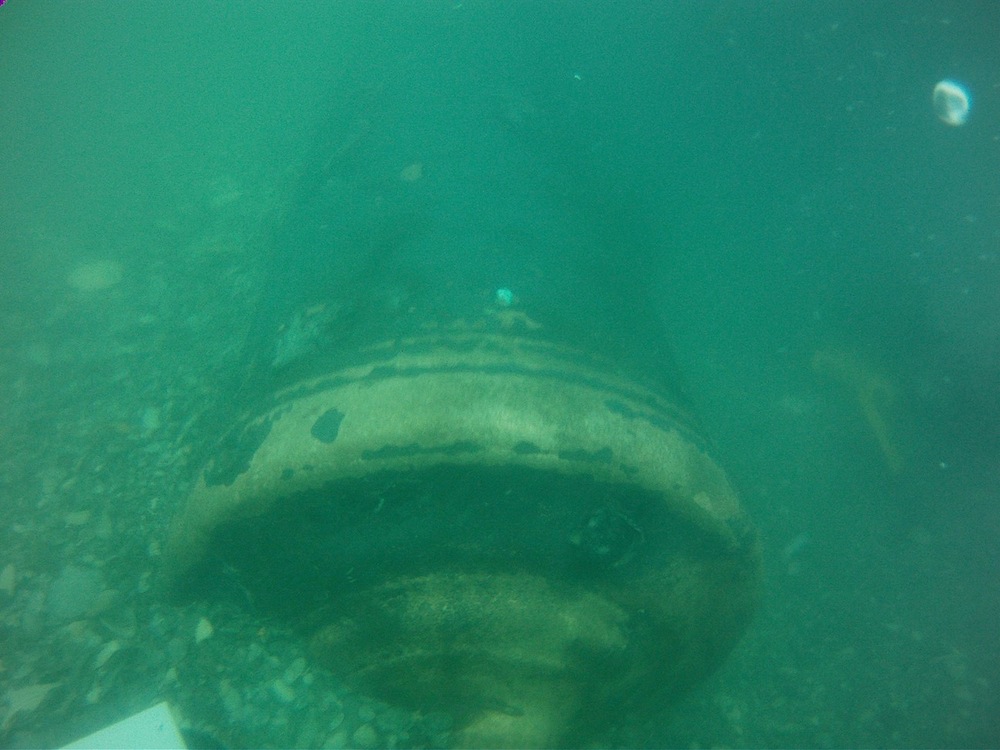
Divers have uncovered more than 20 cannons and a historic marble monument from what they think are the wrecks of three 16th-century Spanish ships on the seabed off Cape Canaveral in Florida – an area also littered with debris from rocket launches.
Archaeologists suggest the cannons and monument are linked to one of the earliest European colonies in the Americas, the French Huguenot settlement at Fort Caroline, which was founded in 1564 on a site near the modern-day city of Jacksonville.
The researchers think that three of the cannons and the marble monument were seized when the Spanish attacked Fort Caroline in 1565, and were being taken to Havana, in Cuba, on Spanish ships when they were sunk by a storm. [Read full story about the colonial-age shipwrecks]
Marble monument
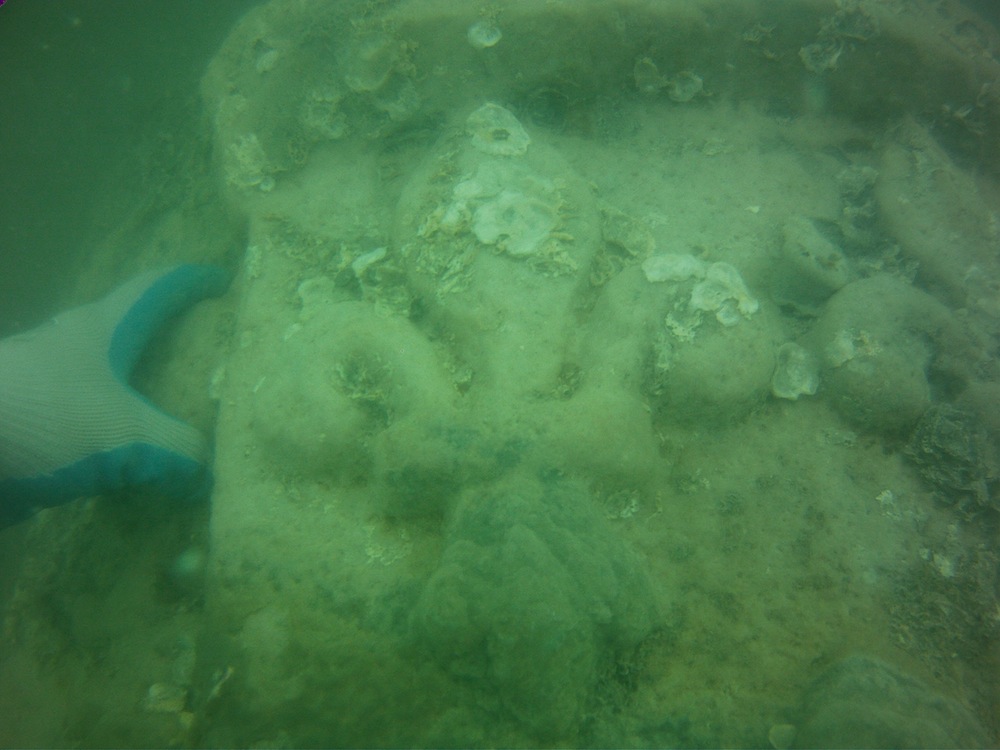
The marble monument is engraved with the coat of arms of the king of France, featuring three fleur-de-lis symbols – a symbolic flower shape used in heraldry by French royalty – and the royal crown.
It matches the description of a monument carried to Florida in 1562 by the French navigator and colonialist Jean Ribault.
Staking claim
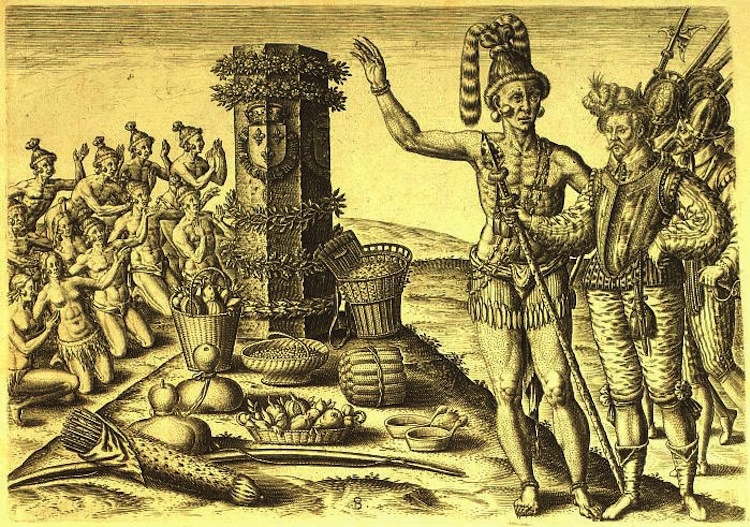
This engraving from a painting by a member of Ribault’s expedition, Jacques Le Moyne de Morgues, shows the monument in place beside the St. Johns River in Florida, where it was erected in 1562 to mark the French claim to the territory.
When Ribault’s lieutenant René Laudonnière returned in 1564 to build Fort Caroline, he was greeted at the site by the chief of the Timucua Indians, who honored the French monument with garlands and offerings of food.
Attack at Fort Caroline
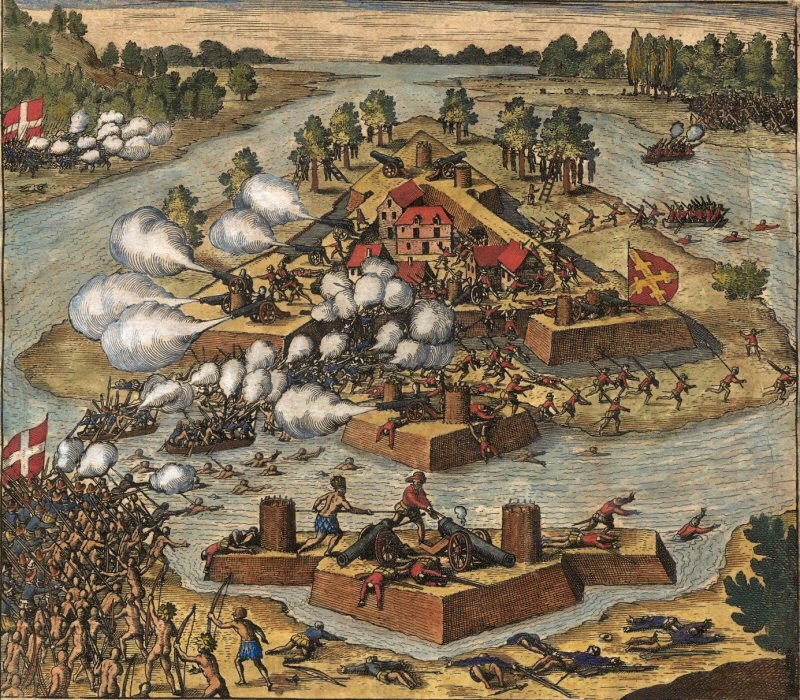
In 1565, Spanish colonial forces based at the new colony of St Augustine, about 35 miles to the south, attacked the French colony at Fort Caroline and massacred many of the inhabitants. The monument erected by Ribault in 1562 and other valuables were seized by the Spanish, who occupied the fort after the raid.
This engraving shows a French attack on Spanish forces at Fort Caroline in 1568, in reprisal for the 1565 massacre. The fort was rebuilt by the Spanish after the French attack, but it was eventually abandoned.
Bronze cannon

The French fleur-de-lis symbol engraved on a 16th-century bronze cannon discovered in a shipwreck off the coast of Cape Canaveral in Florida.
Underwater exploration
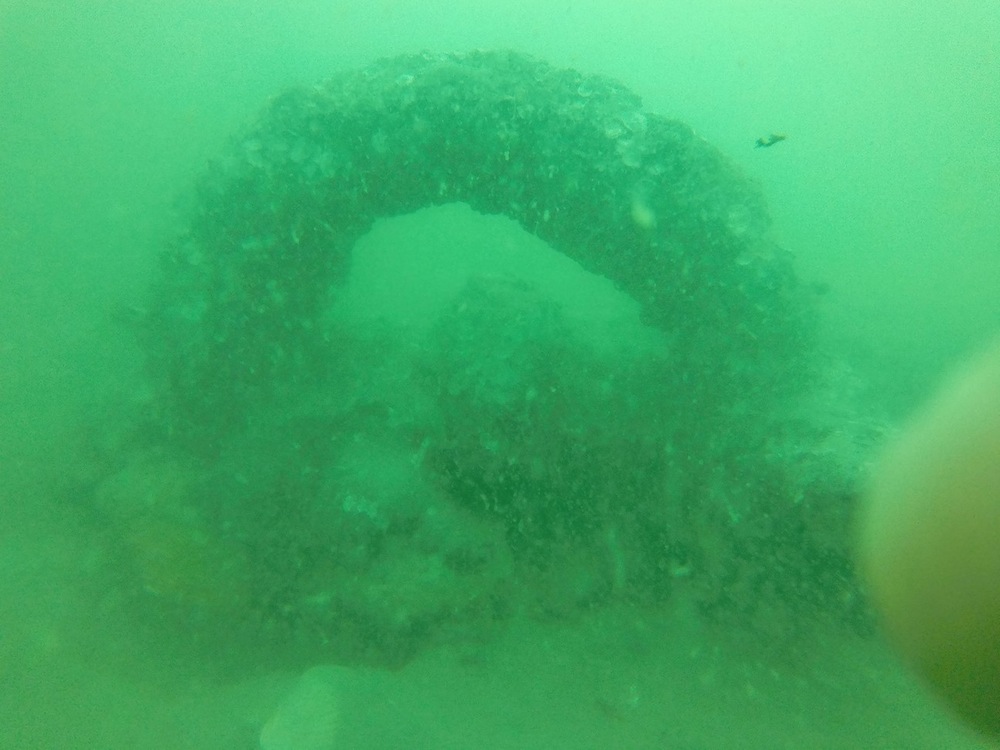
Divers from Global Marine Exploration, who explored the wrecks off Cape Canaveral in May and June this year, also found the remains of several large anchors that suggest the guns were being carried on large ships, displacing more than 200 tons, when they sank.
But historical records show that the French ships used by Ribault’s expedition were all smaller than 150 tons displacement — another indication that the newly discovered wrecks are likely Spanish ships.
Stolen cannons
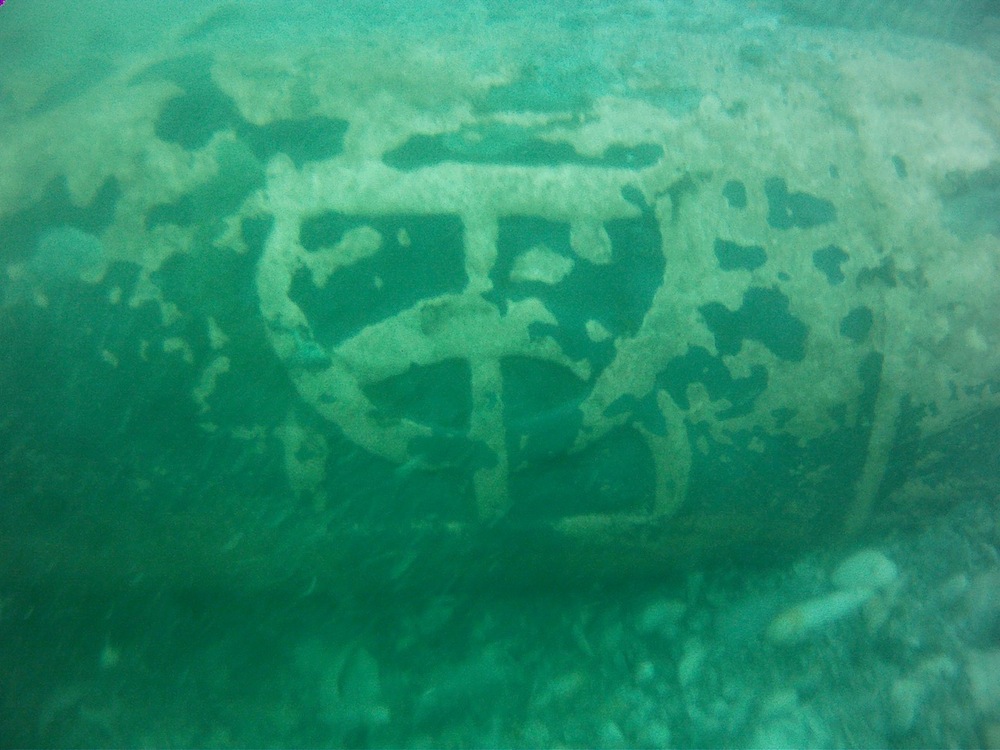
The researchers think that the three ornate bronze cannons found in the wrecks off Cape Canaveral were also seized from Fort Caroline, and were being taken away on Spanish ships to reinforce the defences at Havana, in Cuba, when the ships sank during a storm.
The 19 iron cannons found at the site appear to be ship's guns of the early colonial period, either of French or English manufacture. But markings on the heavy bronze cannons indicate they were made in France in the 16th century.
Sign up for the Live Science daily newsletter now
Get the world’s most fascinating discoveries delivered straight to your inbox.
Liftoff
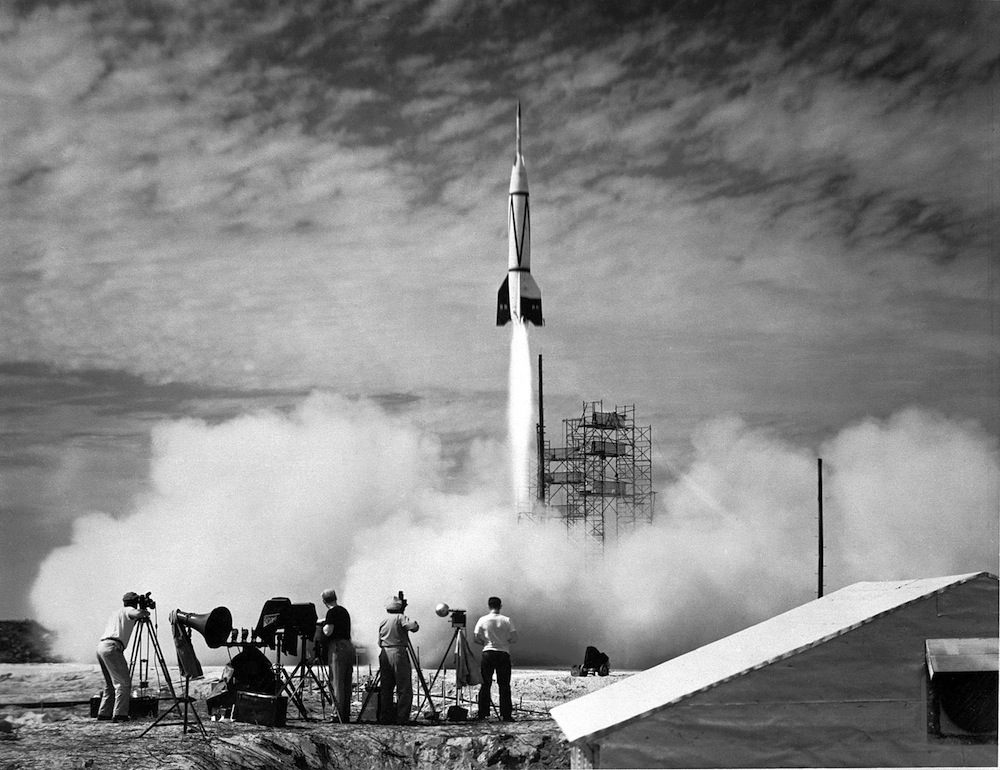
The divers also found "hundreds and hundreds" of pieces of debris from decades of rocket test launches from the Cape Canaveral Air Force Station, on the coast southeast of NASA's Kennedy Space Center.
The U.S. Air Force base at Cape Canaveral began testing rockets under the Bumper program, which initially used V2 rocket technology developed by Germany during World War II. On July 20, 1950, a modified V2 rocket named "Bumper 8" was the first rocket launched from Cape Canaveral.
Wreck site
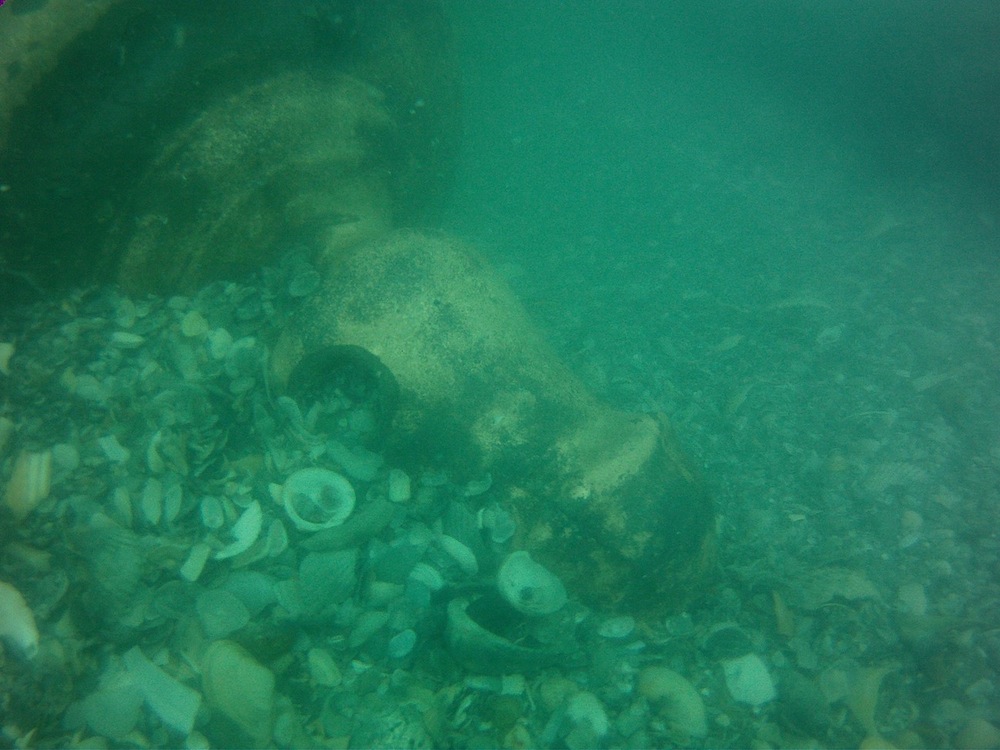
Divers from Global Marine Exploration first found the colonial-age wreck sites in Sept. 2015, using magnetometer equipment that can locate metal objects beneath the seafloor.
Robert Pritchett, the company's CEO, said the researchers are now waiting for approval from Florida authorities to raise the artifacts for preservation and further study. Until then, the cannons and the marble monument remain in place, amid the shipwrecks and rocket rockets in the waters near Cape Canaveral.
Tom Metcalfe is a freelance journalist and regular Live Science contributor who is based in London in the United Kingdom. Tom writes mainly about science, space, archaeology, the Earth and the oceans. He has also written for the BBC, NBC News, National Geographic, Scientific American, Air & Space, and many others.









